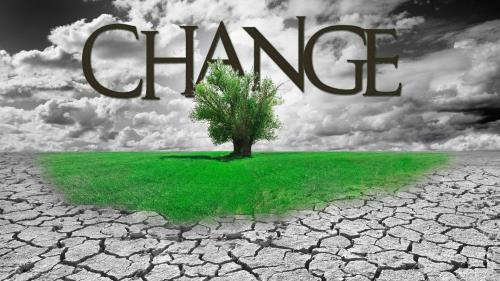-
The Water And The Temple Series
Contributed by W Pat Cunningham on Mar 21, 2020 (message contributor)
Summary: Those are the healing waters that can always save those who are soaked with them, precisely because this sacrament is the visible sign of the power of Christ, who is the real minister of every baptism.
Tuesday of the 4th week of Lent 2020
Water
I always recommend to those who can make pilgrimage that they take a week or more with a Christian guide in the Holy Land–Israel and Jordan–so that they can understand the people and places we read about in the Sacred Scriptures. The Christians living in the Holy Land are truly living stones in the structure of the Church, and they daily witness to the love of Christ amid a truly difficult struggle between Jews and Muslims. They are right in the middle, and often are there with no power at all to control the political outcome.
I’m sure they feel a lot like the poor crippled fellow Jesus ministers to and heals in today’s Gospel. The gloss that some of our Bibles leaves in explains the occasional curative powers of the pool: “waiting for the moving of the water. For the angel of the Lord went down into the pool from time to time and stirred up the water; and whoever was first to step in after the stirring of the water became healed, no matter what disease he had.” But this guy is too slow, so somebody else gets to the healing spot before him. We don’t know the specifics, but the point is that this Jewish ritual is hobbled, not effective for all. By contrast, Jesus heals pretty much everyone who comes to him, even those with the tiniest mustard seed faith. The Church has always used this text in connection with the sacrament of baptism. Those are the healing waters that can always save those who are soaked with them, precisely because this sacrament is the visible sign of the power of Christ, who is the real minister of every baptism.
Moreover, the Church finds Herself waxing eloquent about this first of the sacraments of initiation. She give us this text from the apocalyptic chapters of Ezekiel. In fact, this text is the basis of the Easter hymn we’ll hear and sing as the priest sprinkles the congregation in the season after Resurrection Sunday. “Vidi aquam–I saw water.” The temple being described here is not the Jerusalem temple that Ezekiel was exiled from, and that was destroyed by the Babylonian emperor Nebuchadnezzar. No, it’s the Temple later envisioned by St. John to be in heaven. Living waters in unbelievable abundance flow from this Temple. I say unbelievable because all of the Holy Land is under what can only be described as a perpetual drought. Water is a very precious commodity to the inhabitants. But the waters of Baptism are available to anyone, anywhere. In fact, even a non-Christian can administer a valid Baptism if he or she does so with the intention of doing what the Catholic Church does in Baptism. God’s mercy is universal and eternal. His waters of baptism are indeed the river whose streams bring gladness to the city of God. We who have been initiated into the Church Jesus founded should always thank God for the gift of Baptism, for the permanent mark on our soul that brands us as the property of Our Lord Jesus Christ.
One last analogy should cause us to pause and ask God’s mercy. Ezekiel envisioned a great river flowing down even to the Dead Sea. Now that is really a dead sea. Nothing lives in its waters; it is so dense that if you get into it, you won’t sink. It’s full of minerals that you have to quickly wash off your skin when you emerge from it. But Ezekiel sees the apocalyptic water flowing from the Temple as being able to bring life to that dead body of water.
Christ is quite clear about the New Covenant He came to reveal and give. His new world of grace is built around a different kind of Temple from the one built by Solomon and rebuilt by the monster Herod. St. John clearly writes that the New Temple is the very body of Our Lord. When Jesus challenged the Pharisees to tear down the Temple so He could rebuild it in three days, that’s what He was referring to. Indeed the Romans and the Jewish leaders succeeded in pinning the New Temple, Christ, to the wood of the cross. They destroyed the True Temple, but in three days He was raised up by Divine power to become the Temple that nobody can destroy, His Mystical Body, His Church and His Bride.
The challenge to us is to draw many others to that Temple, to that Baptism, to that new life in Christ. Is it easy? Not a bit, and we will probably suffer in the attempt. But by our prayer, by our daily living, by our witness to those around us, we will attract others to the One source of life, of eternal life, and the sacraments that draw us closer to each other and to Our Lord, especially the Holy Eucharist. He is truly present under the symbols of bread and wine–His Risen Presence that changes us into His image, and empowers us to build up the kingdom of God.

 Sermon Central
Sermon Central



